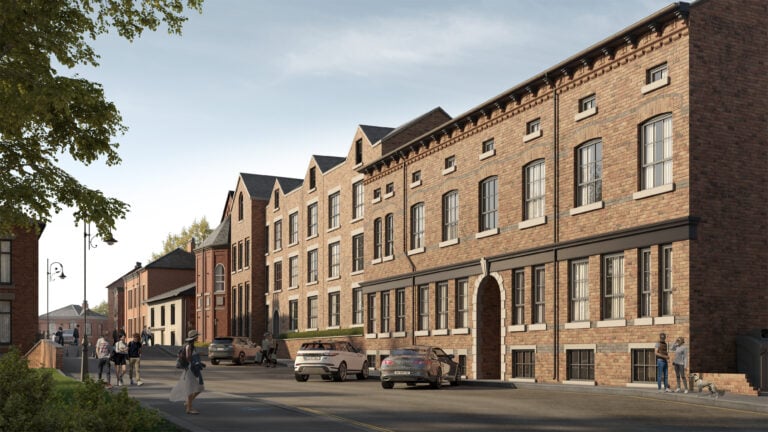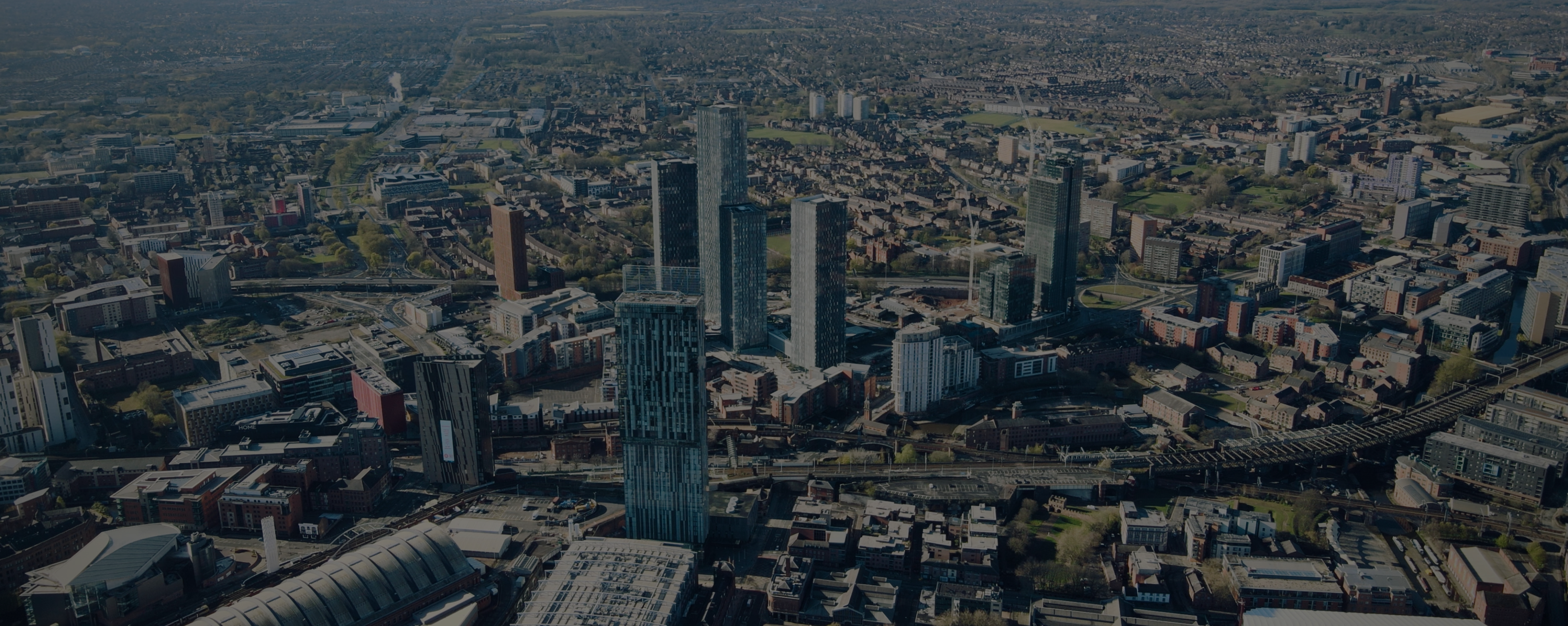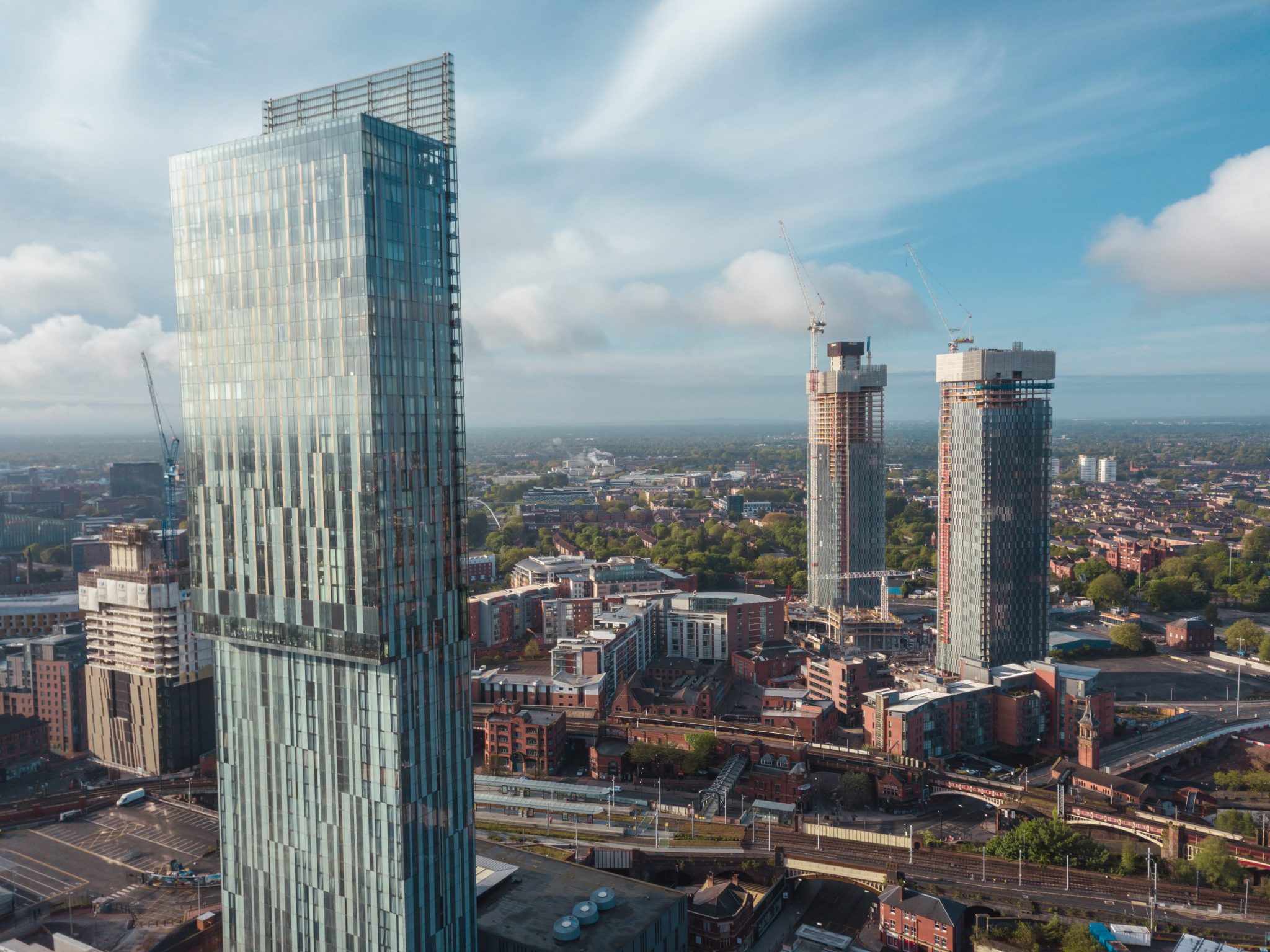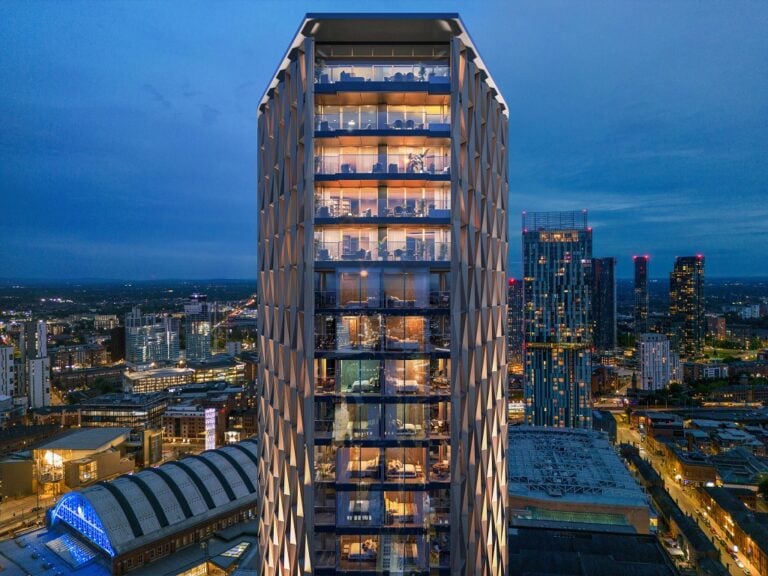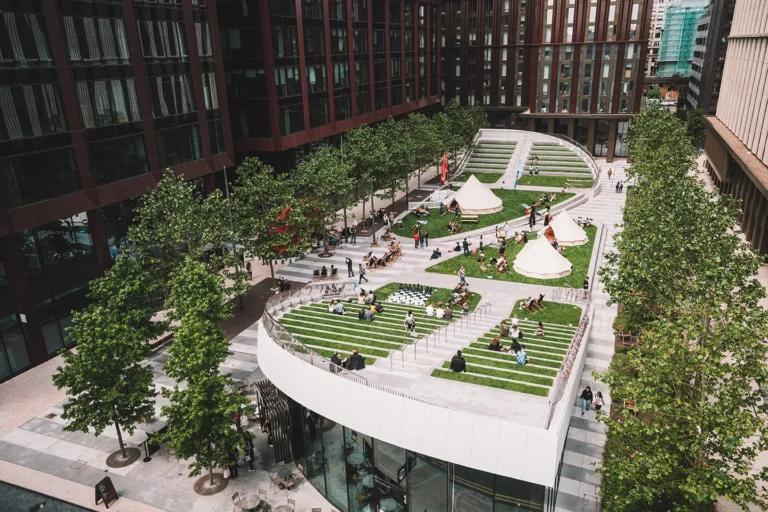The cities across the North of England and Scotland are driving the country’s house price growth with average values going up by 6.4% annually and 3.5% during the first quarter of 2017.
The Hometrack index covers 20 cities across the country and revealed an overall house price growth for all of Britain of 5.7% annually and 2.5% during Q1 of 2017.
Manchester ahead of London in ranking for top global cities for house price growth
Growth in urban house prices was led by Manchester at 8.8% (annually) and 3.4% (Q1 of 2017), followed by Birmingham with an annual increase of 8% and 3.5% during this year’s first quarter.
Other strong performers were Bristol with 7.3% year-on-year growth and 2.1% during Q1 2017, Edinburgh with 7.1% (yearly) and 4.5% (Q1 of 2017) and Glasgow at 6.8% (annually) and 3.7% (Q1 of 2017).
Apart from Aberdeen, where prices dropped by 8.7%, all cities saw an increase in year-on-year urban house prices. For the quarter-on-quarter comparison, Oxford was the only city showing a decline of 1.7%.
“The impetus for faster house price growth is emanating from large regional cities. Attractive affordability levels, record low mortgage rates and an improving economic outlook are all supporting demand for housing. Together with limited availability of stock for sale this is creating scarcity and an upward pressure on house prices. Price rises are not running away but house price growth is well ahead of earnings growth,” the report states.
An even greater Manchester? The North’s Top 5 Transport Improvements you should know about!
These figures show that supply and demand are still far from an equilibrium in cities like Manchester and Birmingham. As underlying conditions continue to improve in the markets of Birmingham, Manchester and Newcastle, the annual rate price increases are now reaching levels not seen since 2005, PropertyWire reports.
On a slightly different note, the report also hints at the impact of the upcoming General Election and gives it some minor weight as it may lead to very short-term uncertainty. However, it also explains that, looking at a comparison of previous election and non-election years, the difference in sales volume in insignificant.
The report concludes:
“Compared to the level of uncertainty over Brexit, it is debateable whether the election will really make a material difference to buyers’ decision in the next two months. In our view the current market trends appear well set for the rest of 2017 where above average growth in regional cities offsets weak, single digit increases in southern cities.”




